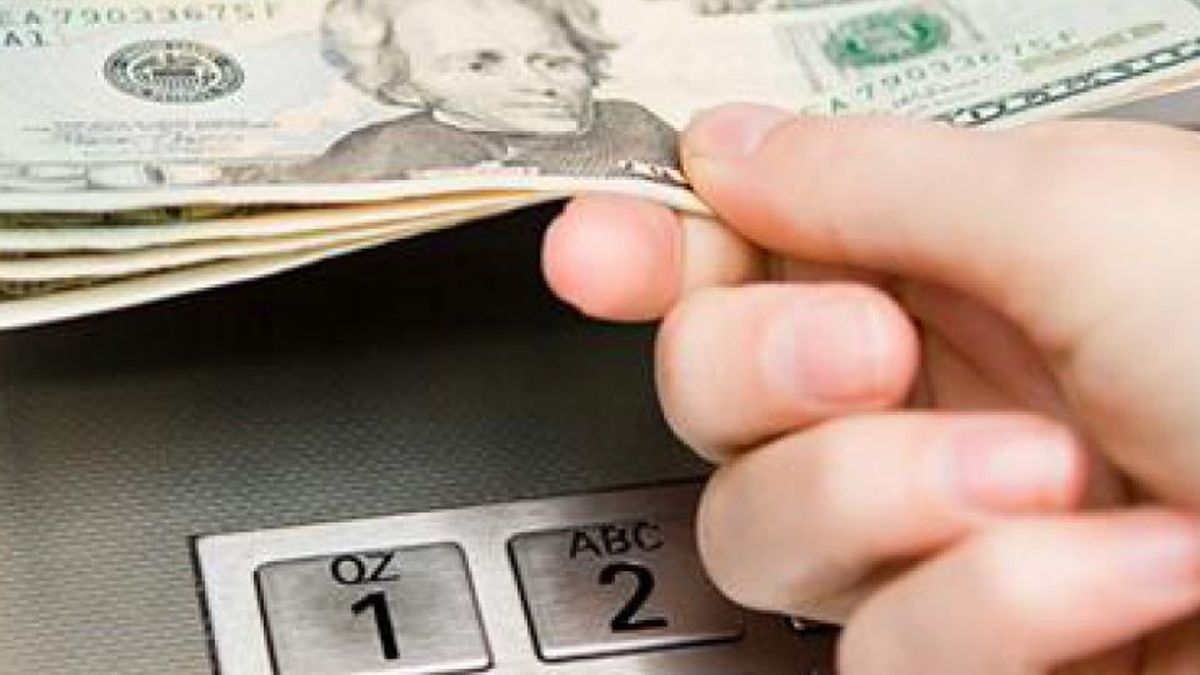Image: Reuters
The discoverer of the intoxicant later described his first and accidental LSD trip as a “wonderful experience”. The Swiss chemist Albert Hofmann was convinced of the medicinal potential. But when hippies in the 1960s promoted LSD trips as an escape from everyday life, the decline came. 80 years after Hofmann’s first LSD trip (April 16, 1943), the scientific revival is now in full swing.
Basel, where Hofmann worked at the time, is now one of the world’s leading centers of academic LSD research. Decades earlier, however, horror stories of murder and suicide while intoxicated with LSD made headlines. In the late 1960s, LSD was banned in the United States and then worldwide.
Felix Müller, head of the clinical research area for substance-assisted therapy at the University of Basel, showed in a study in 2022 that two doses of LSD can relieve anxiety over the long term. He wanted to present the results of a study on the effects of LSD on depression on Friday. “A study is also being carried out here in Basel with patients with cluster headaches, a severe neurological disease in which patients report the maximum imaginable pain during an attack,” said Müller.
“Psychedelic Revolution”
In 2020, the specialist journal “Cell” spoke of the “psychedelic revolution” in psychiatry. It’s about hallucinogens that cause changes in perception, such as psilocybin, the active ingredient in “magic mushrooms,” or LSD. Prestigious universities such as Johns Hopkins University in the USA and Imperial College in London established centers for psychedelics research. At the opening in London in 2019, the boss, Robin Carhart-Harris, spoke of “one of the most exciting areas in medical science”.
In the case of mental illnesses, these hallucinogens have advantages over conventional medication, says Müller: “Psychotropic drugs tend to treat symptoms. They have to be taken every day and if you stop taking them, the illness often returns. Hallucinogens act more like psychotherapy.” After taking LSD, most people reported a sharper perception of the outside world and the inside, including feelings. For many patients, however, the treatment is also exhausting. “It is often the case that you have to deal with difficult parts of your own psyche that fears arise.”
No difference between psilocybin and LSD
Research with psilocybin is more advanced than that with LSD, probably because the active ingredient was not as notorious as LSD, says Müller. However, studies suggest that there is practically no difference between the two in terms of effect. “But LSD works at much smaller doses,” he says. 200 micrograms was enough for a change in perception of nine to 14 hours. Up to 30 milligrams of psilocybin would be given, which lasted four to seven hours. “People who have experienced psilocybin and LSD report that the effects of LSD have a longer wear-off, which could be an advantage from a psychotherapeutic perspective.”
Flashback to 1943: Albert Hofmann is looking for a circulatory stabilization agent in his laboratory. Using an acid he obtained from the ergot fungus, he creates lysergic acid diethylamide – LSD for short. But Hofmann doesn’t get very far. On April 16, he must have unconsciously ingested some LSD through his fingertips, and suddenly he experiences a change in consciousness. Hofmann later reported: “Whatever I imagined was vivid in front of me, deeply gratifying.” When he repeats the experiment on April 19, something terrible happens: he takes too high a dose and experiences a horror trip in which his neighbor appears to him as a malicious witch and pieces of furniture take on menacing shapes.
Violent excesses in LSD intoxication
Hofmann is convinced of the potential of his discovery when dosed correctly. His employer Sandoz turns it into a drug that is used in psychotherapy, for alcohol addiction and as a mood enhancer for the seriously ill. But then the recreational use begins. Unlike heroin or cocaine, hallucinogens are not addictive and, as Müller says, are physically harmless, but after many headlines about violent excesses when intoxicated with LSD, consumption was banned and research came to a halt.
Hofmann, who died in 2008 at the age of 102, expressed his sadness about the abuse of LSD as a party drug in his book “LSD – my problem child”. “It has given me open eyes and inner sensitivity to the wonder of creation, and for that I am grateful to my destiny,” he said on his 100th birthday.
Today’s hype about hallucinogens could cause problems, says Müller: “Some people see them as miracle cures. You have to be careful that it doesn’t turn into glorification.” Andreas Reif, Director of the Clinic for Psychiatry, Psychosomatics and Psychotherapy at the University Hospital in Frankfurt, also warns of this. According to current knowledge, the substances are not a savior for all patients. According to Müller, two US pharmaceutical companies are working on psilocybin and LSD drugs. In his estimation, however, it will take years before it is ready for the market.
Source: Nachrichten




